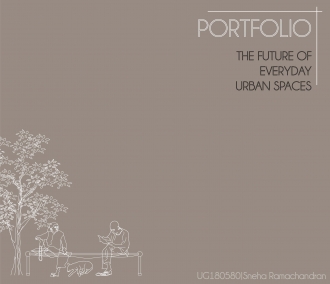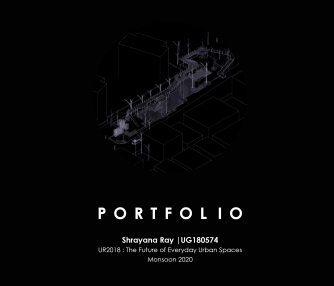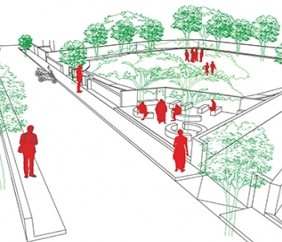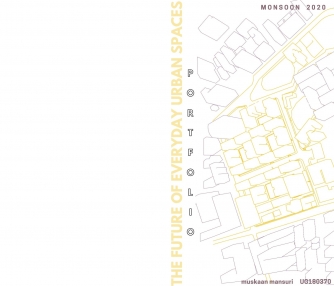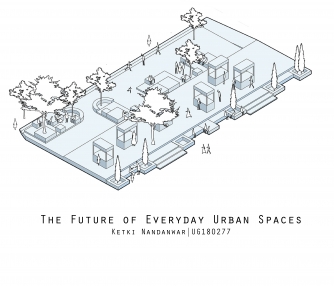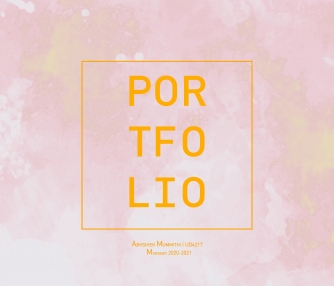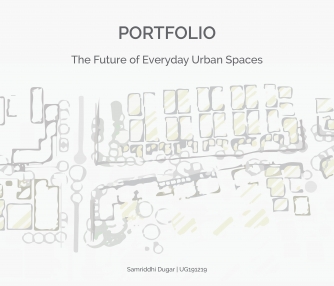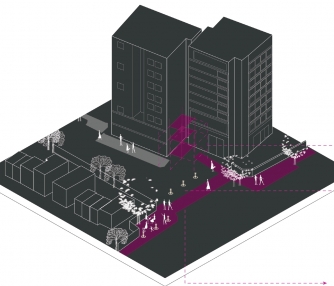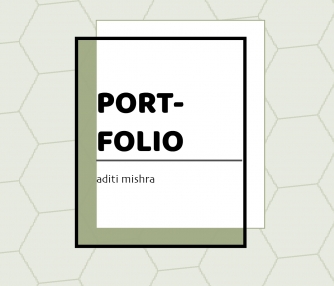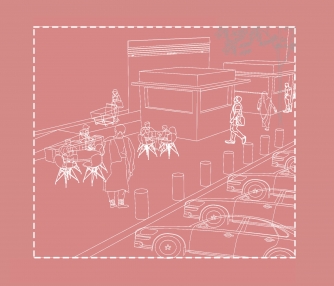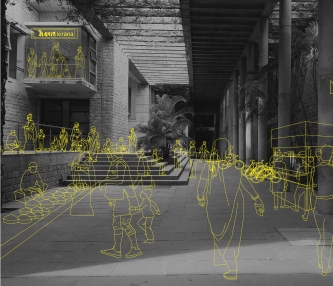The future of everyday urban spaces
- Tutor/s Kiran Keswani
- TA Dhwani Sahetai
- Code UR2018
- Faculty Planning
The focus of the studio was to think about how the emerging behavioural and spatial patterns in the on-going and post-pandemic situation could become the starting point for generating new design ideas to solve both old and new problems at the neighbourhood level. The students identified sites within a kilometer radius of their homes, in their own cities. They conducted a neighbourhood survey via email to understand the before and after pandemic situation. The initial studio exercises include creating an audio walk to reflect upon the everyday life of the city; preparing threshold maps showing either physical, social or environment thresholds and generating photomontages to show utopia or a real-life situation seen as the future of their city. The students worked in groups to prepare maps showing everyday activities, movement patterns, and so on. For the final design outcome, each student proposed a street plan that included reconfiguring the grocery store zone (expanding the territory of the supermarket); introducing a small, public space (based on the assumption that everyone does not have easy access to a neighbourhood park), and redesigning the street edge (to address the flow of activities at the interface of the built and unbuilt space).
